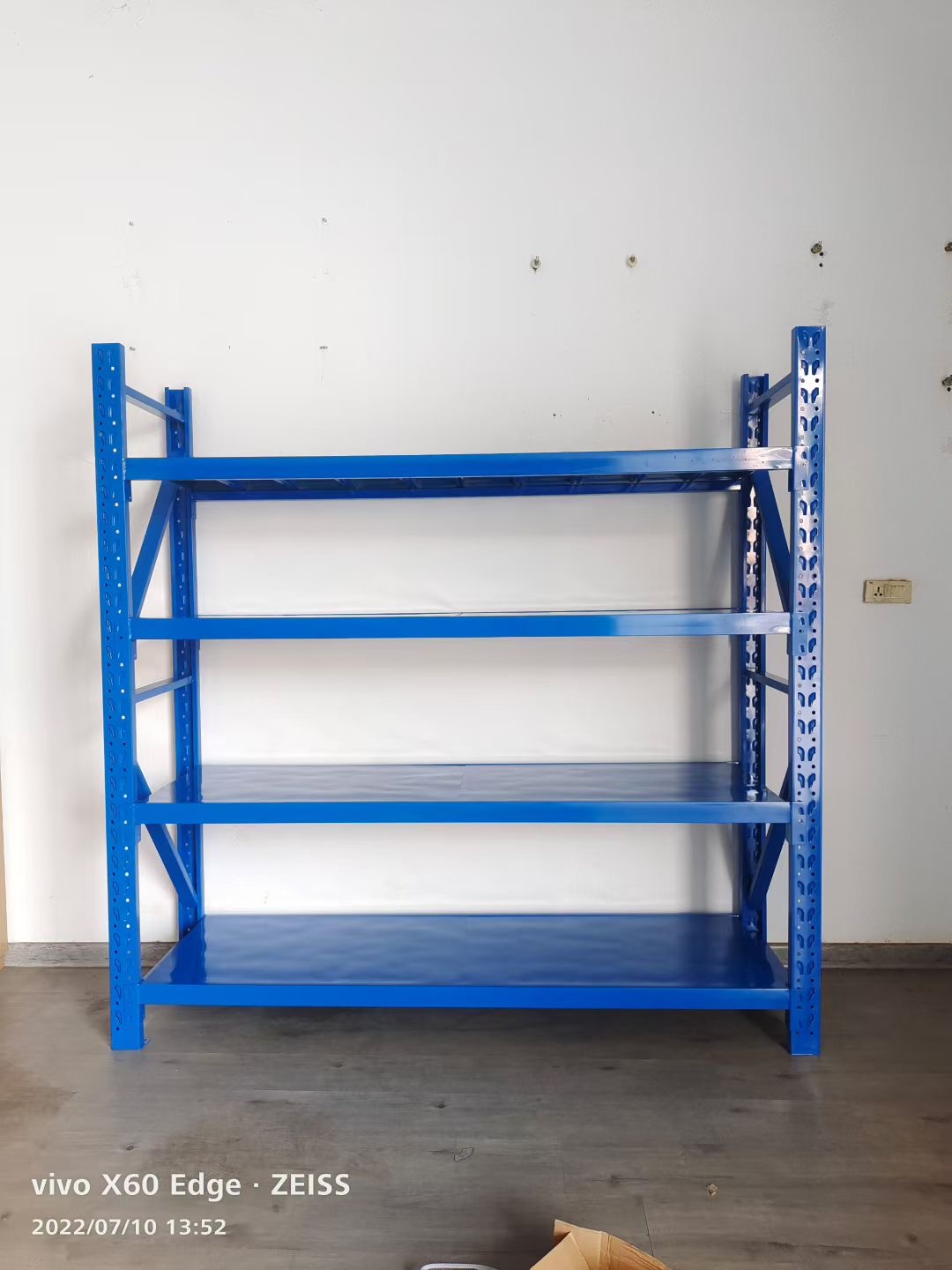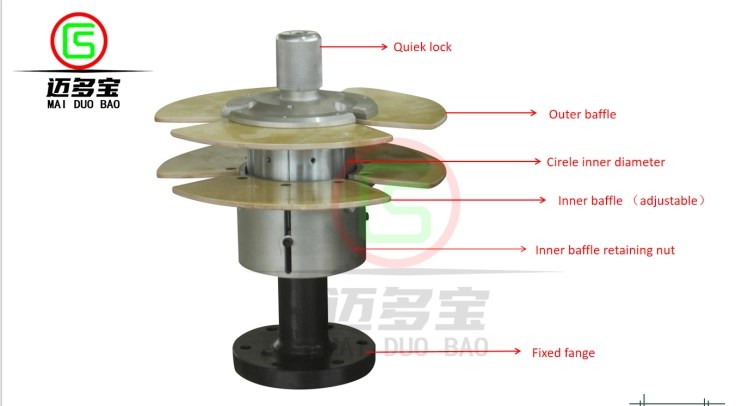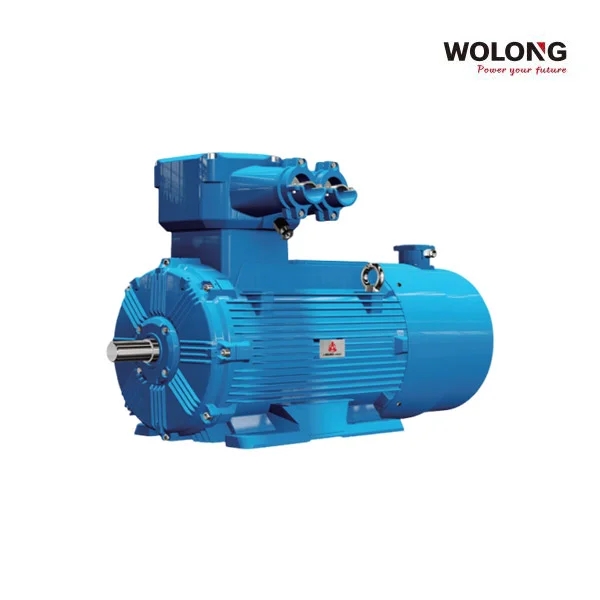When it comes to athletic wear, few brands command as much respect and recognition as Nike. Among its extensive range of products, the Dri-FIT shirt stands out as a staple for athletes and fitness enthusiasts alike. But what exactly makes these shirts so effective in wicking away moisture and enhancing performance? In this article, we will delve into the materials used in Nike's Dri-FIT shirts, exploring their properties, benefits, and the technology behind them.
The Science of Dri-FIT Technology
At the heart of Nike's Dri-FIT shirts is a unique fabric technology designed to keep athletes dry and comfortable during physical activity. Dri-FIT is a high-performance, microfiber polyester fabric that is engineered to wick moisture away from the skin and disperse it across the surface of the shirt. This process allows sweat to evaporate more quickly, reducing the discomfort associated with damp clothing during workouts.
Material Composition: Polyester and Beyond
- Microfiber Polyester: The primary material used in Dri-FIT shirts is microfiber polyester. This synthetic fiber is known for its lightweight and breathable properties. The fine fibers create a larger surface area, which enhances moisture-wicking capabilities. Additionally, polyester is durable, resistant to shrinking and stretching, and retains its shape over time, making it an ideal choice for activewear.
- Spandex Blends: Many Dri-FIT shirts also incorporate a small percentage of spandex (or elastane) into the fabric blend. This addition provides stretch and flexibility, allowing for a full range of motion during athletic activities. The inclusion of spandex ensures that the shirt fits snugly without restricting movement, making it suitable for various sports and exercises.
- Recycled Materials: In recent years, Nike has made significant strides in sustainability by incorporating recycled polyester into its Dri-FIT line. This eco-friendly approach not only reduces waste but also maintains the performance characteristics of the fabric. By using recycled materials, Nike demonstrates its commitment to environmental responsibility while still delivering high-quality athletic wear.
Performance Features of Dri-FIT Shirts
The materials used in Dri-FIT shirts contribute to several key performance features that enhance the overall experience for athletes:
- Moisture Management: The primary function of Dri-FIT technology is to manage moisture effectively. By pulling sweat away from the skin and allowing it to evaporate, these shirts help regulate body temperature and prevent overheating during intense workouts.
- Breathability: The lightweight nature of the microfiber polyester allows for excellent airflow, keeping the wearer cool and comfortable. This breathability is crucial during high-intensity activities where heat buildup can hinder performance.
- Quick-Drying: Dri-FIT shirts are designed to dry quickly after washing or sweating. This feature is particularly beneficial for athletes who need to wash and reuse their gear frequently, as it minimizes downtime between workouts.
- Odor Resistance: Many Dri-FIT shirts are treated with antimicrobial properties that help reduce odor-causing bacteria. This treatment ensures that athletes can stay fresh even during prolonged use, making Dri-FIT shirts a practical choice for multi-day events or training sessions.
Conclusion: The Future of Athletic Wear
As the demand for high-performance athletic wear continues to grow, Nike remains at the forefront of innovation with its Dri-FIT technology. By utilizing advanced materials like microfiber polyester and incorporating sustainable practices, Nike not only enhances athletic performance but also addresses environmental concerns. Whether you're a seasoned athlete or a casual gym-goer, understanding the materials behind Dri-FIT shirts can help you make informed choices about your workout gear.





